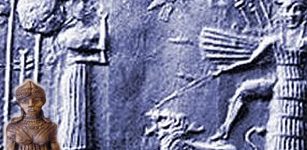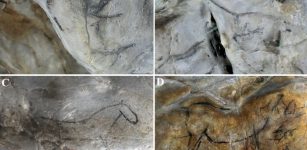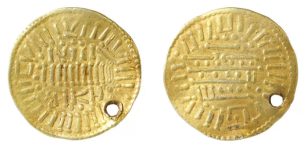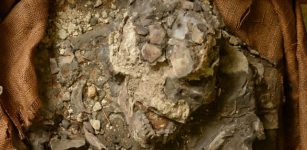Who Was The The Mysterious Lady Of Bietikow And What Had She In Common With Ötzi Iceman?
Jan Bartek - AncientPages.com - Lady of Bietikow lived during the Neolithic period. All that is left of the woman who died more than 5,000 years ago are bones and some clothing fragments, but researchers have still managed to piece together some details about her life.
By learning more about the life of Lady of Bietikow, as she has been named, we gain information about what life was like in those days.
Her remains were found near a village of the same name in northeastern Germany's Uckermark region during excavation works for wind turbines.
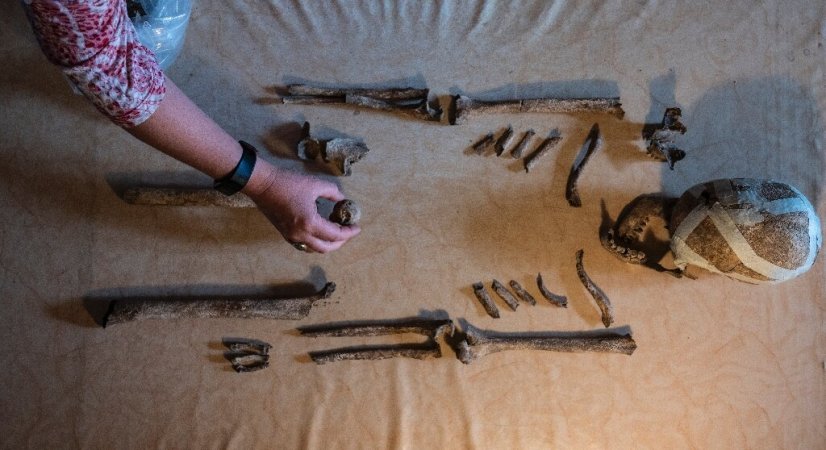
The "Lady of Bietikow," as she has been named, was found in northeastern Germany and died more than 5,000 years ago. Credit: AP
According to local media, the skeleton had been buried in a settlement in a squatting position, one of the oldest known forms of burial.
German researchers who investigated her remains say she was between 30 and 45 years old and died more than 5,000 years ago.
It is an interesting observation because it means she lived during the same period as Öetzi the Iceman, the stunningly preserved corpse found by tourists in the Alps in the 1990s. We know from previous studies that over 5300 years ago, Ötzi was crossing Tisenjoch/Giogo di Tisa in the Schnalstal/Val Senales Valley, South Tyrol, where he was murdered and preserved naturally in the ice.
He is, therefore, older than the famous Egyptian pyramids and Stonehenge. Ötzi lived during the Copper Age, a period of the late Neolithic. He was still using stone tools but owned an innovative and precious copper axe. The final journey of Ötzi Iceman has been studied in detail, but the fate of Bietikow is still unknown.
Yet, finding similarities between these two individuals is challenging but not impossible.
"You can compare Oetzi and the Lady of Bietikow in terms of age," said Philipp Roskoschinski, one of the two archaeologists who made the discovery in the state of Brandenburg, which surrounds Berlin.
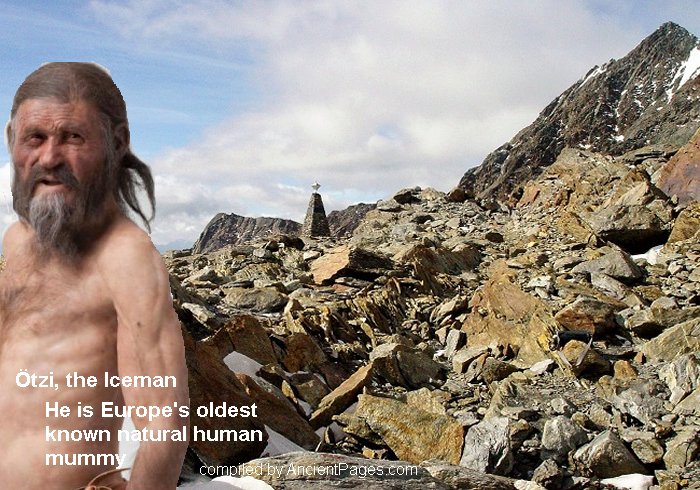
His body was extremely well preserved, with organs, skin, and other organic material still intact—researchers were even able to see what he had eaten hours before he died.
"The discovery of Oetzi was much more spectacular due to the conditions of preservation," Roskoschinski said.
The case is different with Lady of Bietikow. With so few of her remains, it’s not easy to learn more about her. What we know so far is that she was not a healthy person.
She lived during a time humans first introduced grains into their diet. This was done because they could be stored more quickly than meat and could also be used as a means of payment, according to anthropologist Bettina Jungklaus.
However, this led to a deterioration in people's general health.
This can be seen in the state of the Lady of Bietikow's teeth, which are severely eroded and missing completely in some places, Jungklaus said.
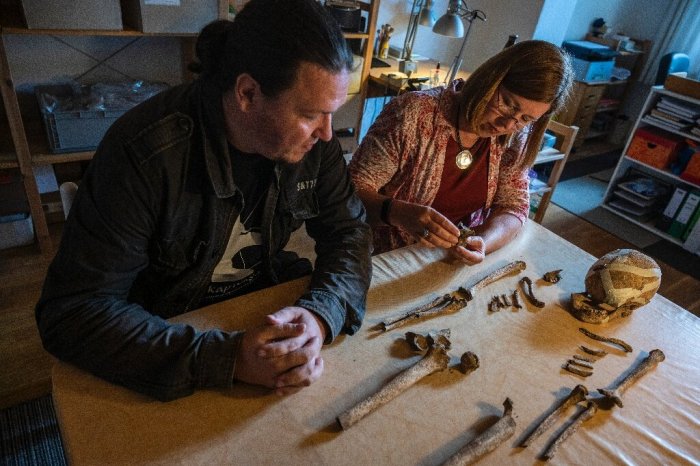
Archaeologist Philipp Roskoschinski (L) and anthropologist Bettina Jungklaus look at the skeletal remains of the so-called "Lady of Bietikow". Credit: AP
"Normally, there is enamel on the surface of the teeth. But here it is heavily worn, chewed off," she said.
"This allows us to draw conclusions about her diet: it was probably very rich in fibre, very hard. There are certain grains that cause the teeth to wear out easily."
See also: More Archaeology News
It remains unclear whether the condition of Lady Bietikow's teeth indicates an illness or even the cause of her death.
Researchers will keep investing the 5,000year-old skeleton of Lady of Bietikow and hopefully, more facts about her life will emerge soon.
Written by Jan Bartek - AncientPages.com Staff Writer



